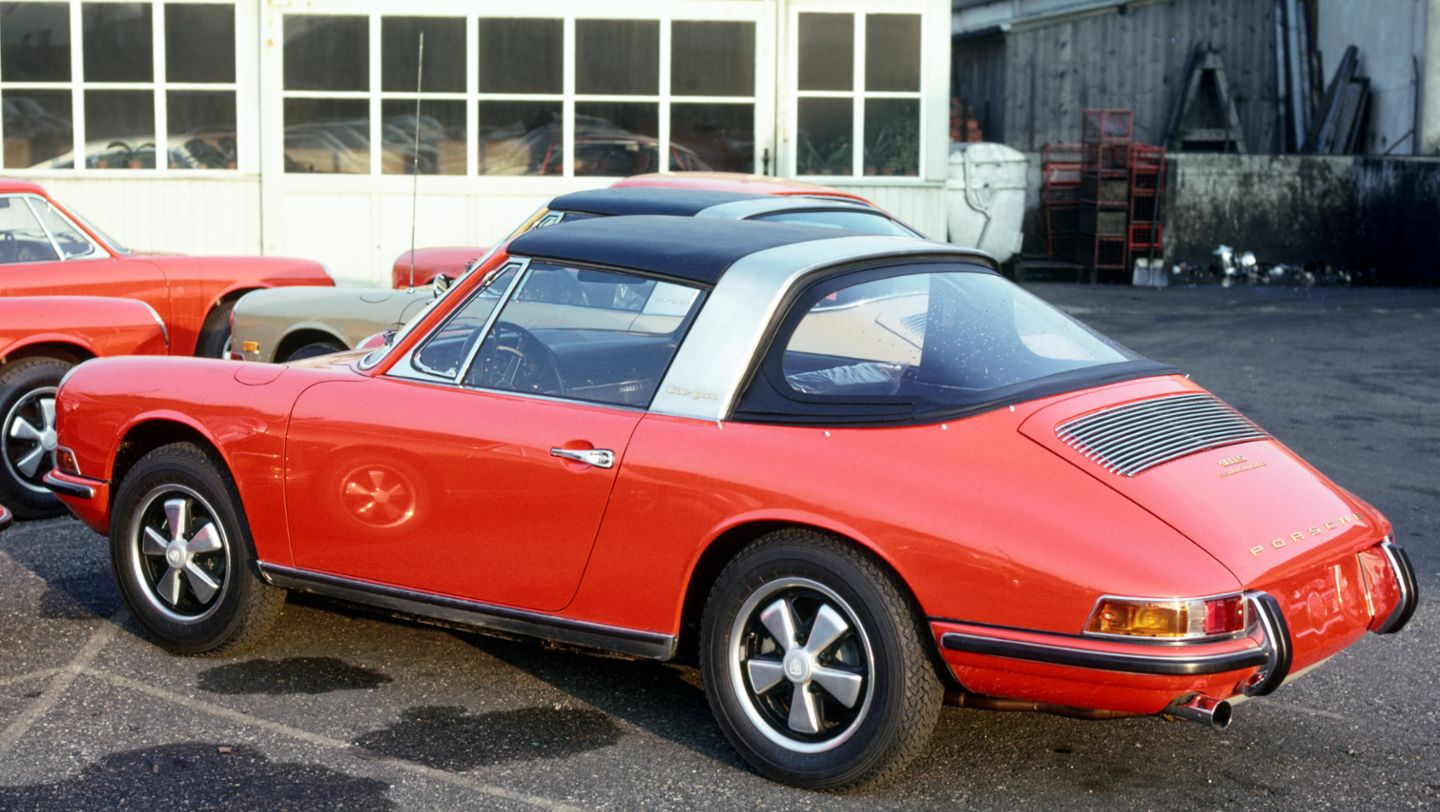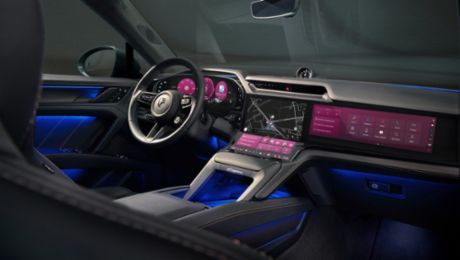The flyline of the Porsche 911 is maybe the most recognizable sports car design of all time. And for many enthusiasts, the Fuchs wheel design is the look they most associate with the 911.
Fuchs rims debuted on the first 911 model to feature the “S” suffix in 1966. The new S model was to have lighter rims than the standard 911, as less unsprung weight would improve chassis responsiveness. Thus the idea for an aluminum wheel was born. Original specifications aimed for a difference of 6.6 pounds less per wheel compared to the steel rim variants.
It took an innovative approach from master craftsman Otto Fuchs to resolve the conflict between lower weight and greater durability, as cast aluminum wheels at the time would not have been able to handle the load weight. Fuchs employed a new production method by manufacturing the wheel in one piece. The blank was forged, and the entire rim area from outer to inner flanges was rolled out. Fuchs used an ALMgSi1 aluminum alloy that was 97 percent aluminum, supplemented by magnesium, silicon, manganese, titanium and other ingredients – a formula that is still used today.
The original Fuchs rim had the typical five-spoke design from the outset, but the spokes were tapered toward the ends. This original shape was presented to Porsche in May 1965. The minutes from the meeting record the following:
“In contrast to our proposal, Mr. Porsche Jr. changed the shape of the five connecting pieces between the hub and the rim for reasons of style and appearance. While our design was well-adapted to the shape of the series vehicles now being retired, the shape developed by Mr. Porsche Jr. appears more harmonious with the new vehicle.”
With that, 911 designer F. A. Porsche also invented the cloverleaf design that has characterized the Fuchs rim ever since.
For more than 20 years, Fuchs rims were available on 911 variants as both standard and optional equipment. Over time, the original 4.5-inch wide Fuchs wheel cloverleaf grew as wide as 8 inches on the rear wheels of the Porsche 911 Turbo Type 930.
Modern variations and interpretations of Fuchs rim designs have been made available through the Porsche Exclusive Manufaktur range over the years, and have been designed to handle the requirements of advanced sports car chassis, performance enhancements and low profile tires. A great example can be seen on the 911 Targa 4S Heritage Design Edition unveiled in 2020, where the polished wide spokes and rim flange stand out against an otherwise black painted wheel. This Carrera Exclusive Design Wheel is available on all current 911 models.
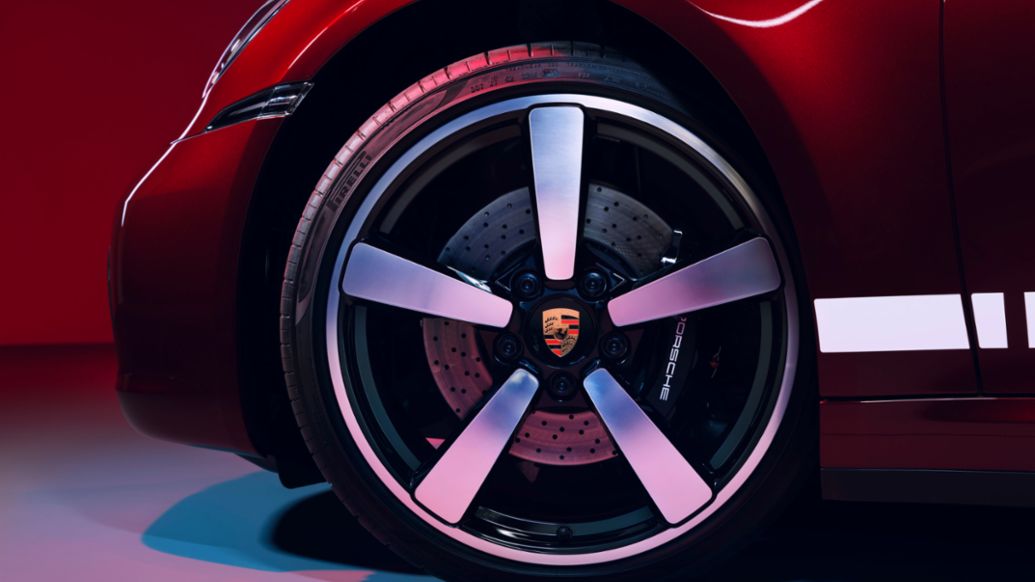
Almost all variants of the classic Fuchs wheel are also available for historic Porsche models through the Porsche Classic product range.
Since meeting the high standards of quality and safety of Porsche is the top priority, the wheels are subjected to extensive testing at the Porsche Development Center in Weissach. An example of these stringent test requirements for Porsche original spare parts is that the wheel trims featuring embossed and colored Porsche Crests from the "Porsche special request program" of the 1980s passed the cross-cut test with flying colors.
In this test, a cut is made in the wheel trim down to the base material, so that a grid-like pattern is created onto which a standardized adhesive tape is stuck, pressed on and then removed in a predefined period of time and at a specific angle. This test is designed to demonstrate the high quality of the Porsche Classic hub cap, as there is no peeling or flaking of the surface. It also ensures that the product is ready to stand the test of time – just like the original Fuchs design.
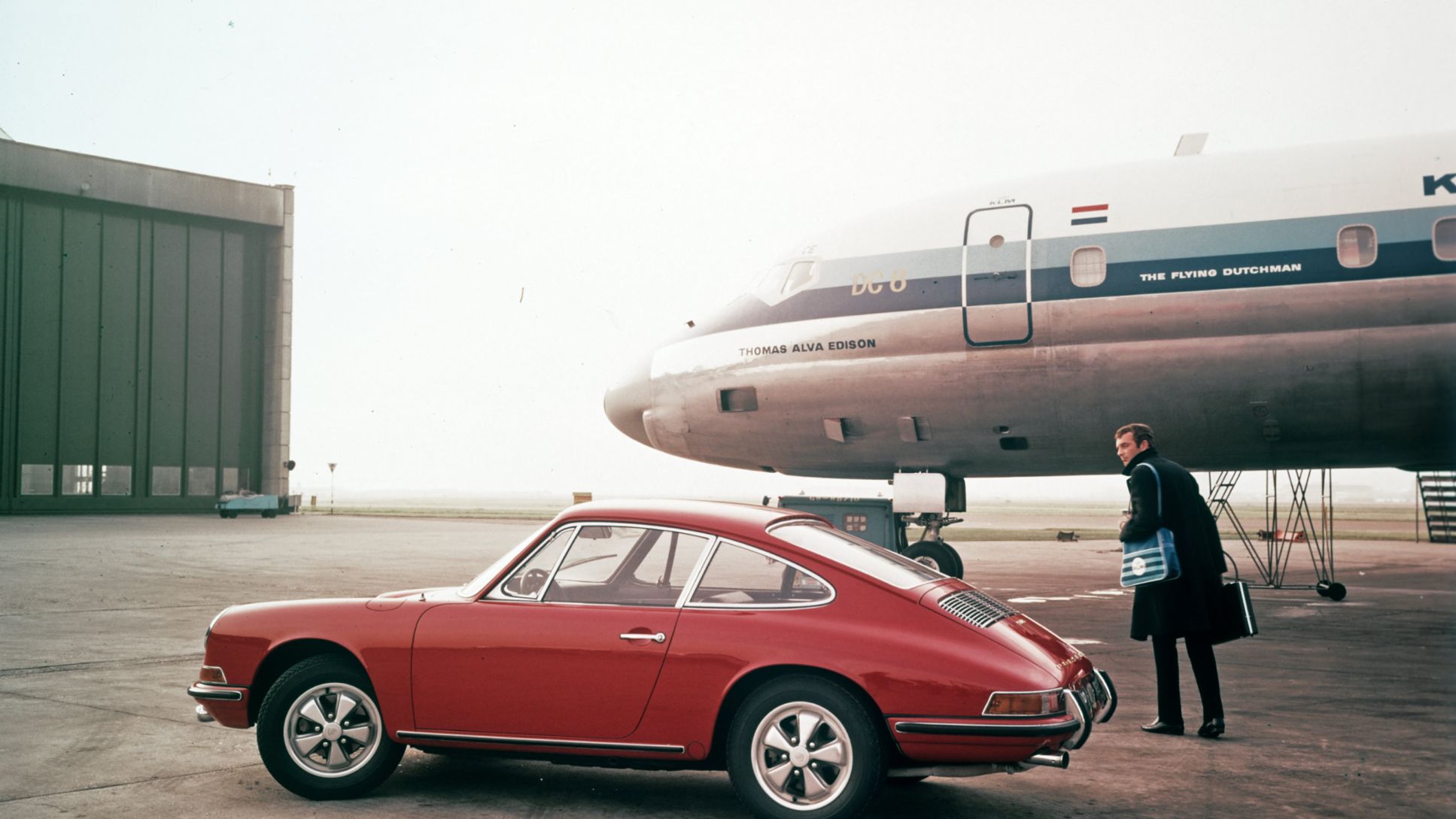

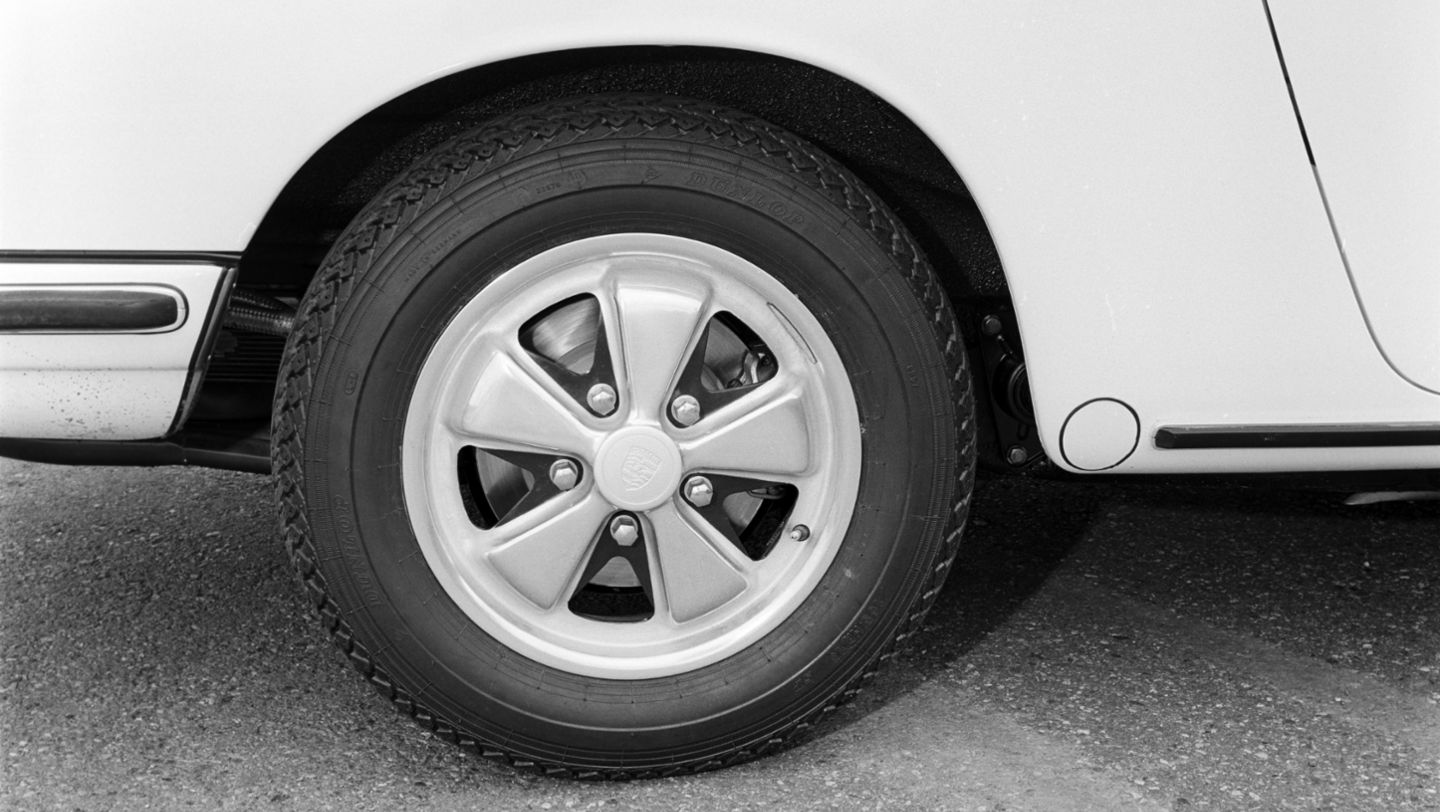
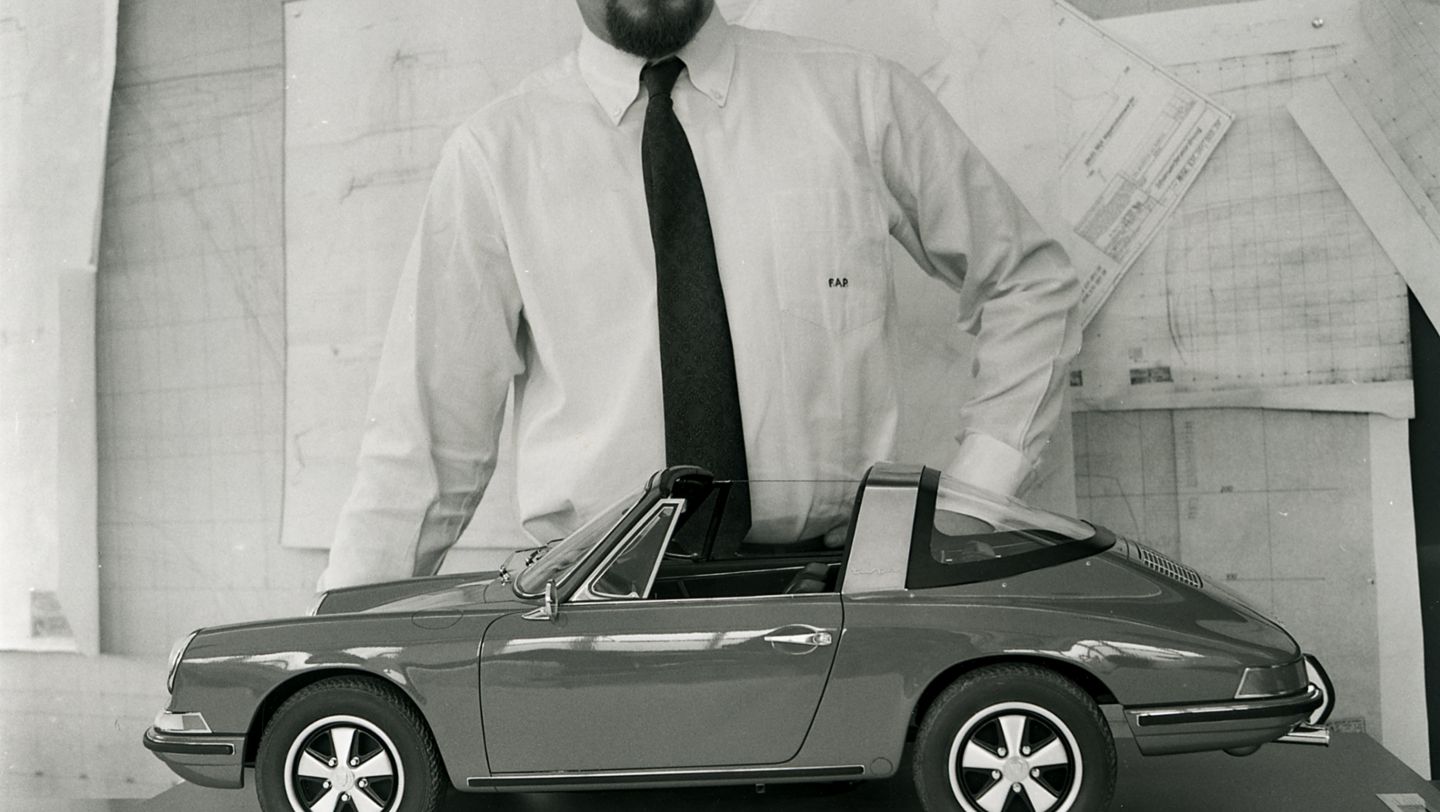
.jpg/jcr:content/Porsche%20911%20S%202.0%20Targa%20(1967).jpg)
